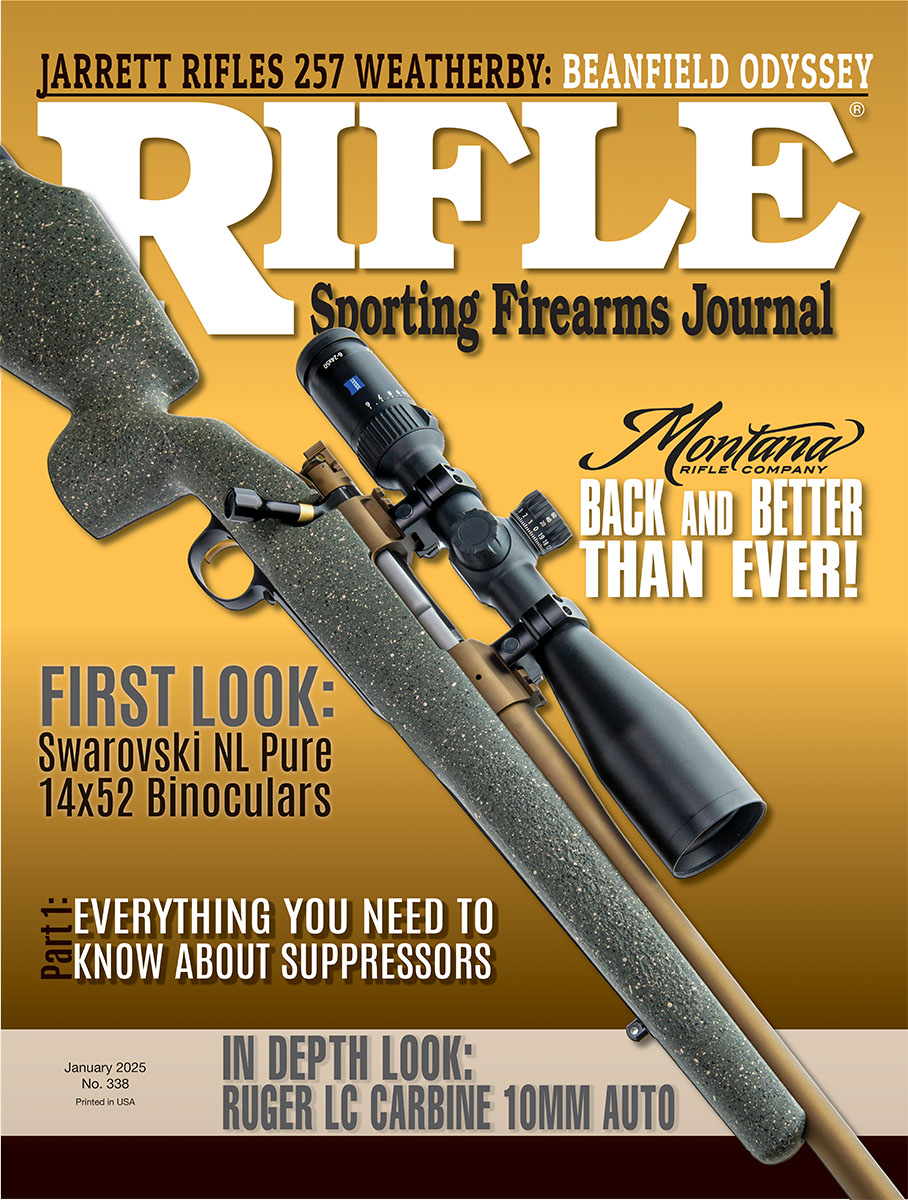Fouling Shots
I'll Have a Marlin Ballard
column By: Art Merrill | January, 25
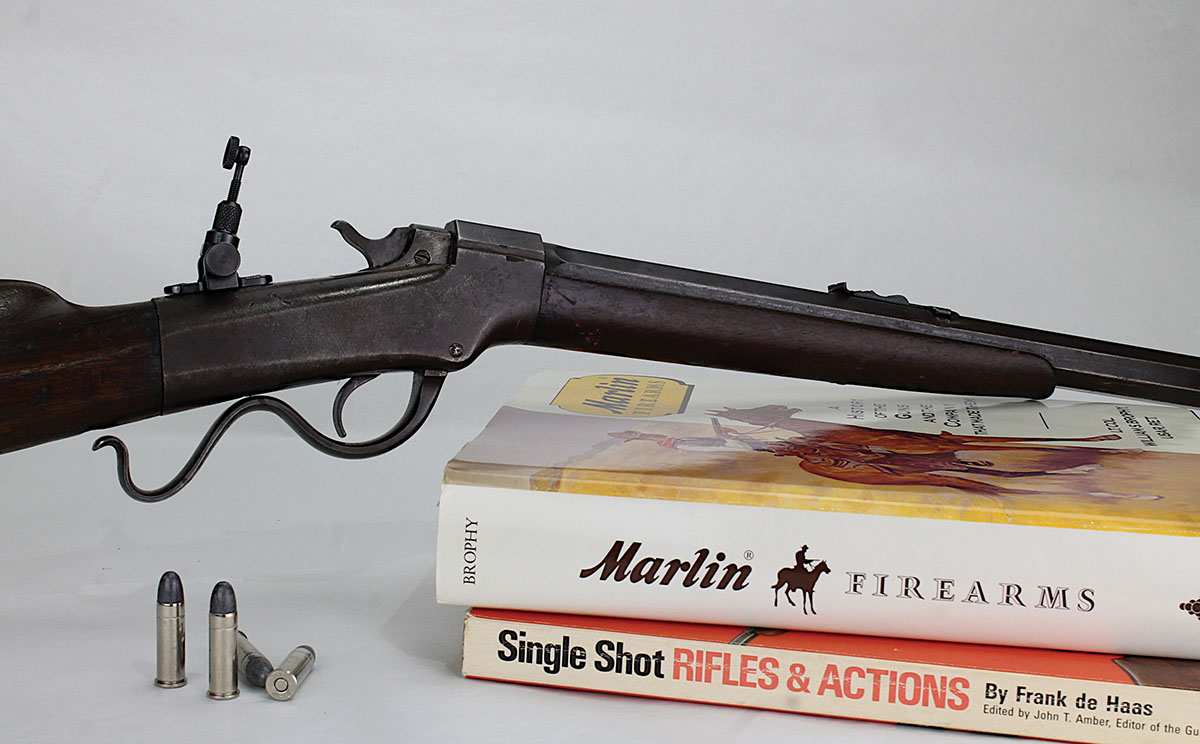
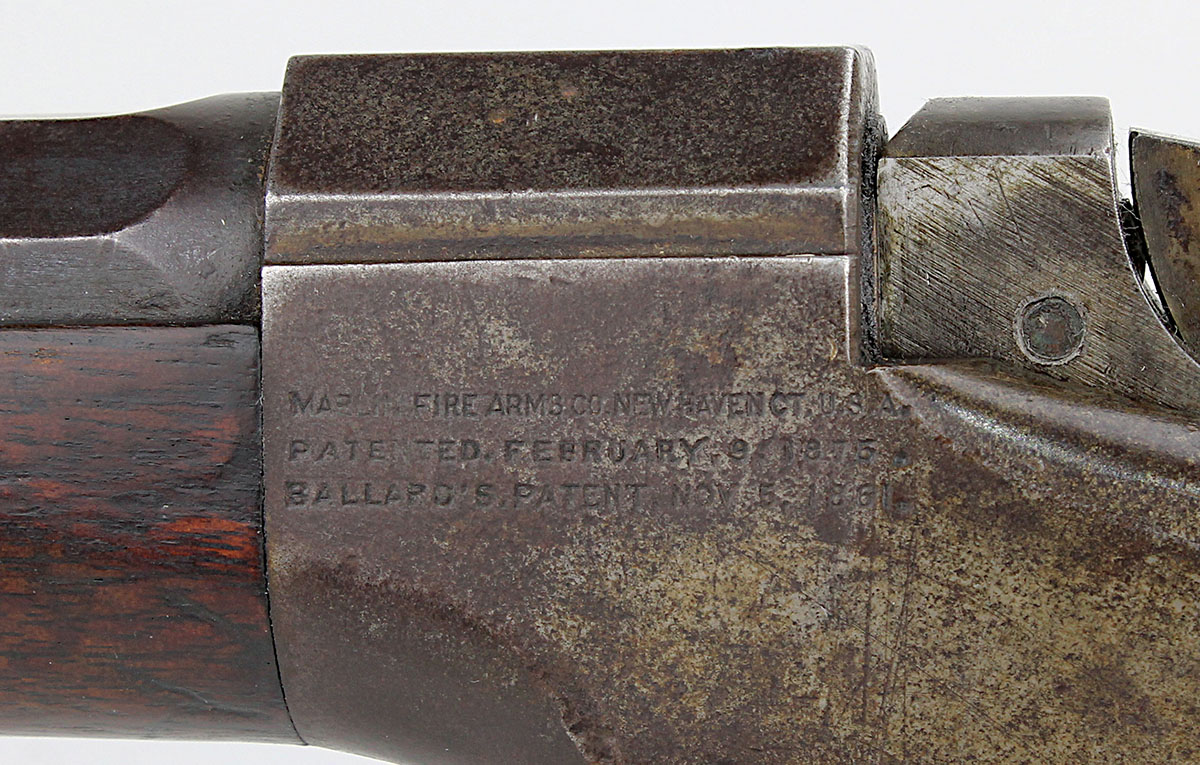
Ballard rifles bear the name of the inventor of their actions, machinist Charles Ballard. About a half-dozen different companies, including Marlin, manufactured roughly 61,000 Ballard-action rifles during a 30-year run beginning with Ballard himself in 1861. The earliest models are retroactively designated Models 0 and 1, with 21 or so additional variant models reaching up to the Model 10 Schuetzen Junior. Some fractional designations, such as No. 1¾ Far West and No. 5½ Montana, flesh out the numbers.
Marlin made about two-thirds of all Ballard-action rifles from about 1870 until repeating rifles killed the single shot somewhere around 1891. Marlin Ballard rifles were highly popular for competition shooting back in the late 1800s and into the early 20th Century. Schuetzen matches, fired offhand (standing) at 200 yards on 12-inch “German ring” targets that featured a 1½-inch center ring, demanded much from both shooter and rifle. For some years around the turn of the last century, rifle clubs across America held Election Day Matches, bringing out the best of the best shooters and rifles. National magazines like Shooting & Fishing posted scores and devoted space to lengthy write-ups of such matches. In perusing the results of the 1903 Election Day Match of the Zettler (NY) Rifle Club, I count 12 shooters using Ballard action rifles and seven using other makes.
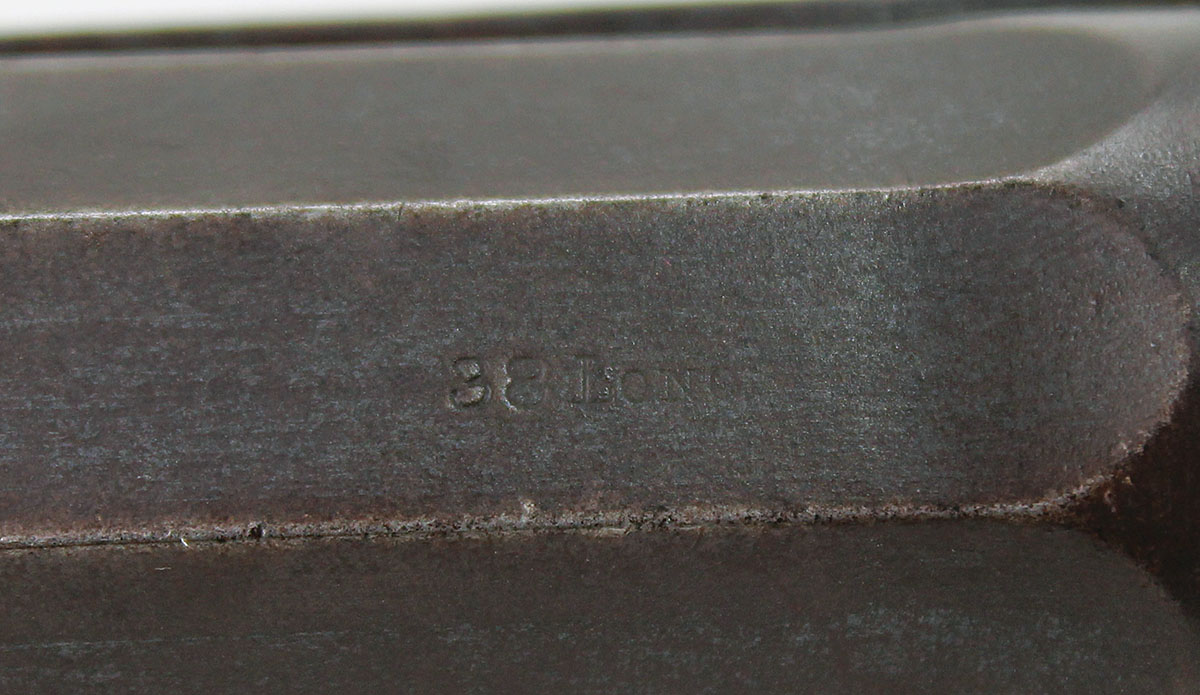
A major reason for the Marlin Ballard’s popularity with competitors was its reputation for possessing a fast lock time, especially compared to side-hammer actions like the Sharps and percussion muzzleloaders. It’s likely that the earned reputation for accuracy prompted Marlin to coin the term “Ballard rifling” in its advertising and catalog literature selling other Marlin models. The rifling wasn’t especially different from that used in other black powder rifles, featuring a comparatively slow twist and deep grooves to contain some powder fouling and maintain accuracy longer.
The rifle presented here is not, of course, of the highly refined Schuetzen style. Instead, all features point to this one being a No. 2 Sporting model except for its 28-inch barrel length, which supposedly should be 30 inches from the factory. The muzzle has not been “refreshed” by shortening, so the rifle falls under the “Never say, ‘They never made one like that’ rule”. At first, I thought this rifle bore no mark indicating its chambering and would require me to make a chamber cast, but closer scrutiny showed a tiny “38 Lon” stamped above the chamber, the letter “g” in “Long” being struck so lightly it’s nearly invisible.
Even at first glance, that long octagonal barrel, svelte forend, and deep crescent butt plate immediately date the rifle sure as a lady’s Victorian dress. A not quite as obvious dating is the cast iron of the action. The general consensus is that Marlin Ballard rimfire actions are of cast iron and have rectangular firing pin noses, and actions intended for centerfire cartridges are of steel and have rounded firing pin noses. But referring to the above-mentioned rule, some Marlin Ballards, like this one, feature a “reversible” firing pin to accommodate both rimfire and centerfire cartridges. This rifle’s firing pin, incidentally, has a rectangular nose.
In the latter 1800s, larger caliber rimfire cartridges - which ran from about 32 up to 58 caliber - were falling out of favor, being replaced by “central fire” cartridges, the advantages of which include greater case strength and reloadability. During that transition, Marlin’s reversible firing pin allowed this rifle to digest both 38 Long rimfire and 38 Long centerfire cartridges.
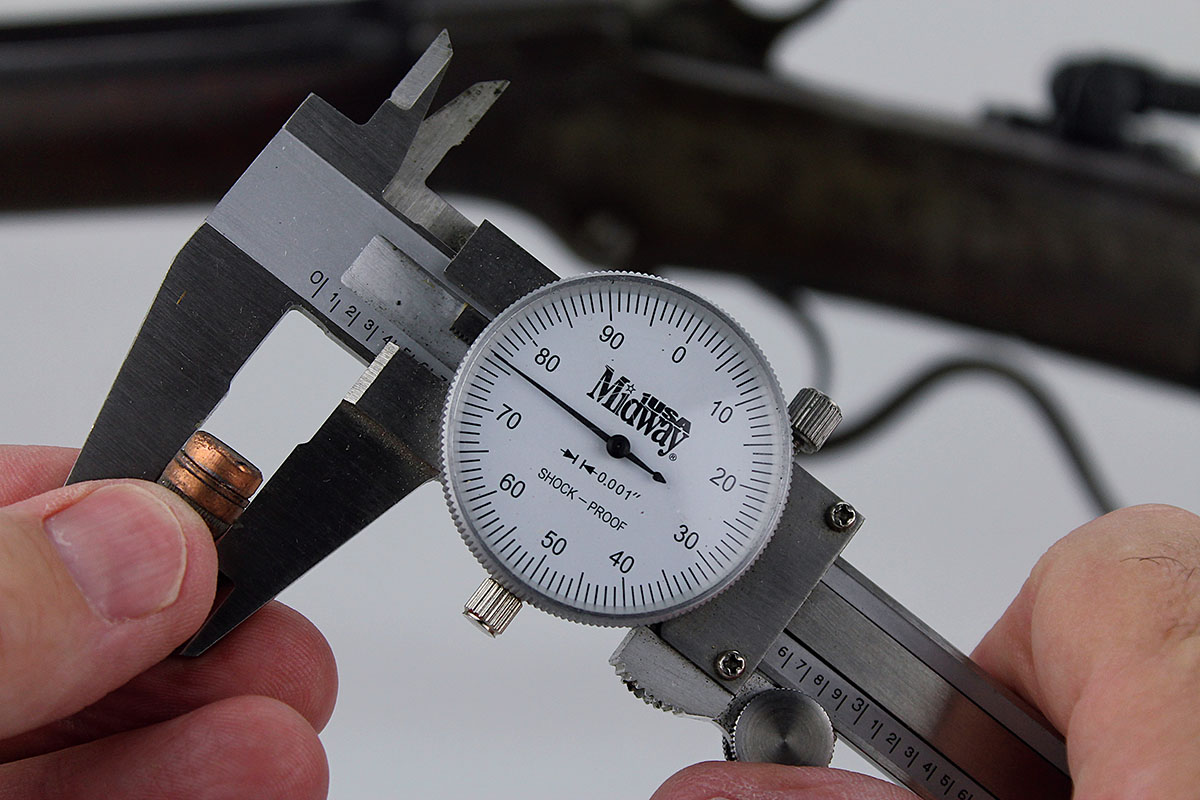
The 38 Long is long gone. To make this rifle go “bang” again, the good news is that 38 Special and 357 Magnum brass can stand in for 38 Long cases; the bad news is that the 38 Long mounted a pesky heel base bullet. Original 38 Long bullets measured .357 inch at the heel and .376 inch in diameter. Seen any of these lately? So, I’ve got a new handloading project.
A difficult decision after succeeding in coaxing an old rifle to shoot once again is, “Now what?” Neither this Marlin Ballard nor its extinct 38 Long cartridge are match-grade numbers in any competition conducted today that I can think of, and there’s a universe of far better choices for hunting. The rifle has no special value in an investment sense. It doesn’t have fancy engraving, a low serial number or anything exceptional. It has no provenance connecting it to some famous person. Instead, this Marlin Ballard’s value lies in being a piece of humble yet genuine Americana, the kind of value that remains unrecognized until much later, when someone wakes up and says, “Hey – where did they all go?”
The most generous course is to apply the catch-and-release trout fishing ethic and pass it along for continued enjoyment. Maybe the next guy can do more to recover or add to the sum of knowledge of the rifle and cartridge that may have been forgotten or enhanced by a hundred and forty years of evolving technology.
But my instinct is to keep it, to add the Marlin Ballard to my “reference library” racks of old guns. I may need it for some future article, to personally examine it in order to pass along some accurate bit of first-hand information. I may want to work with the 38 Long cartridge again. I suspect, however, my reason may really be that, like little boys who drag visiting friends straight to the toybox, I want the Marlin Ballard so that I can pull it out of the safe and show it off to an interested friend.
After all, rifles are just big toys for big boys.


